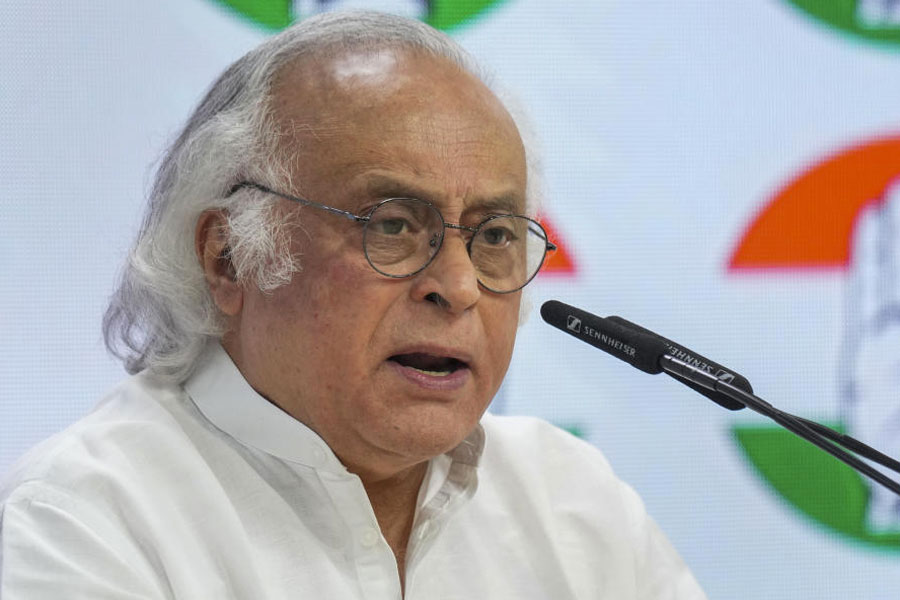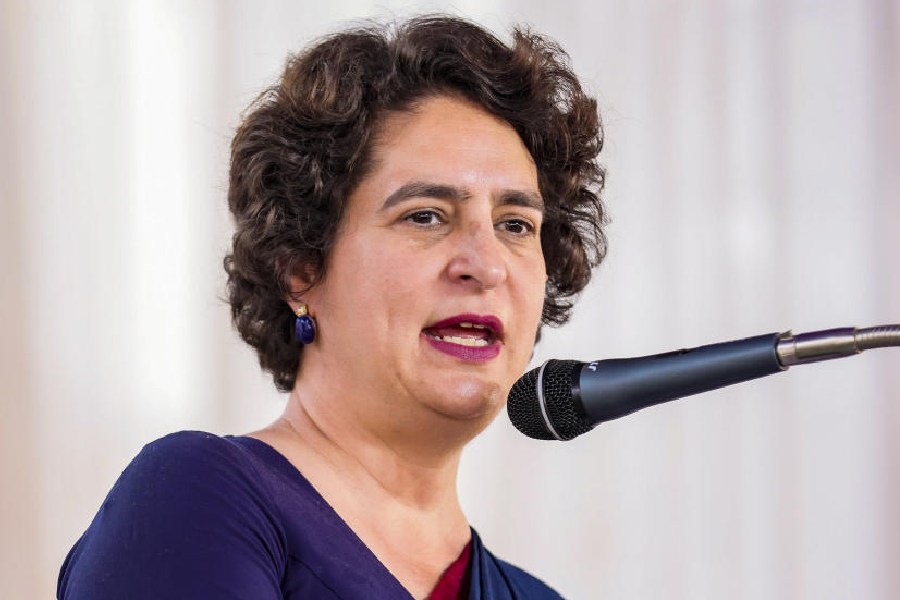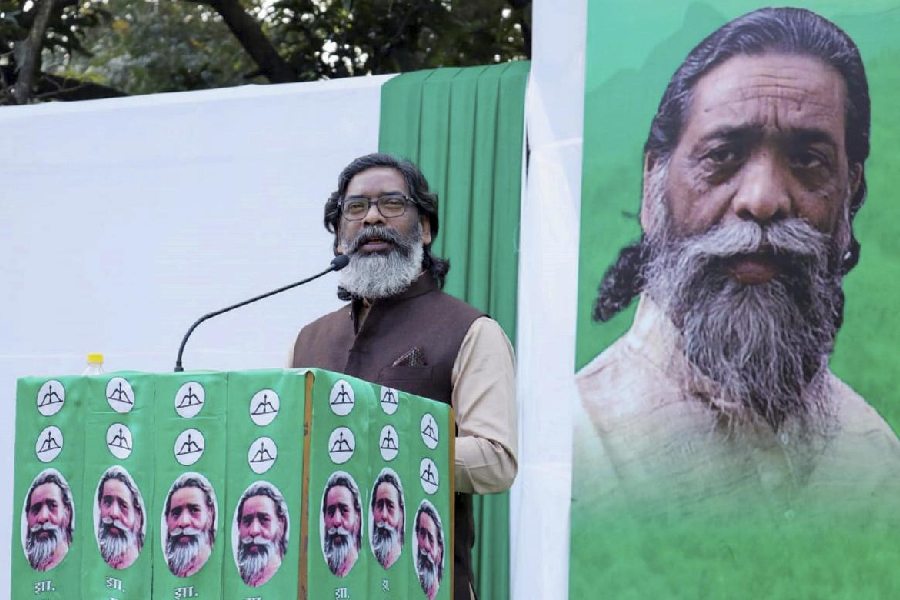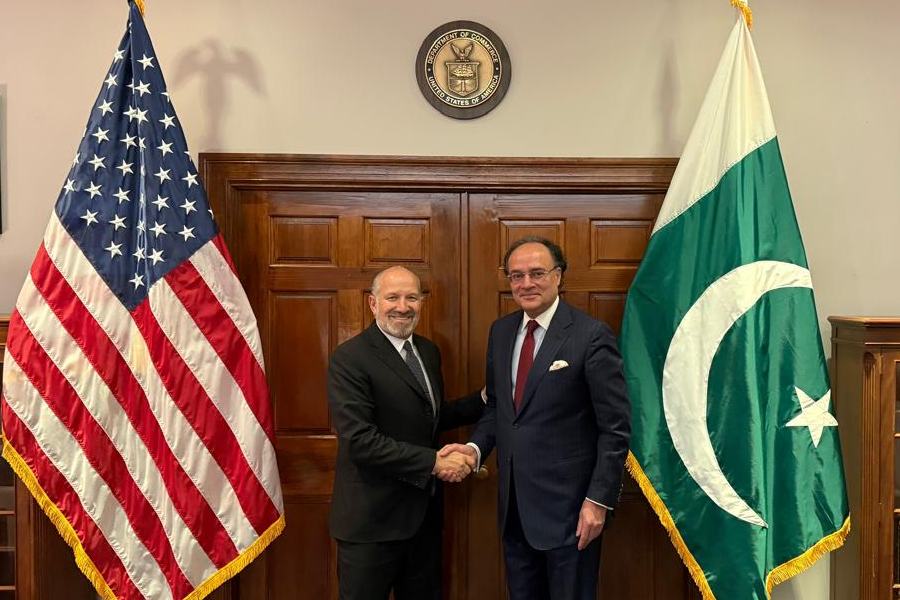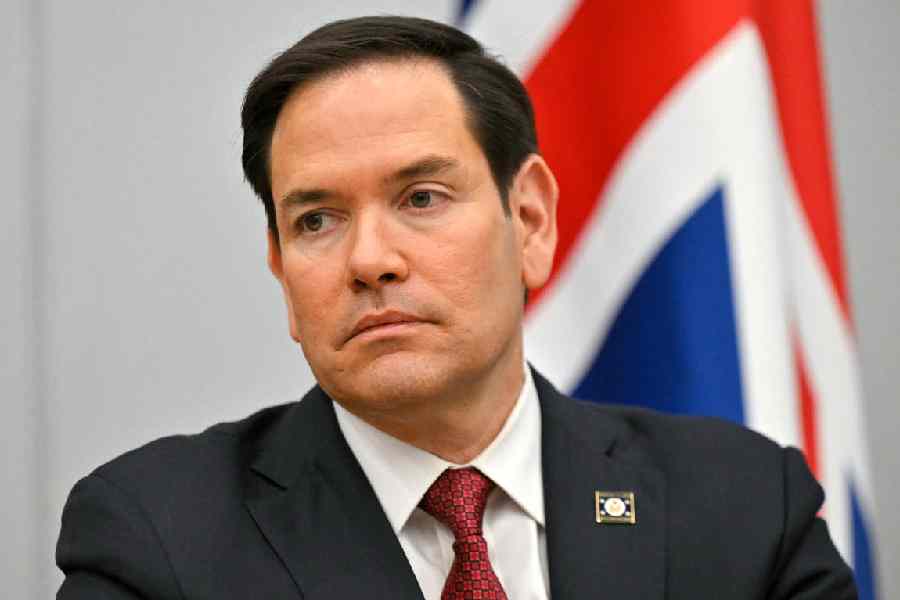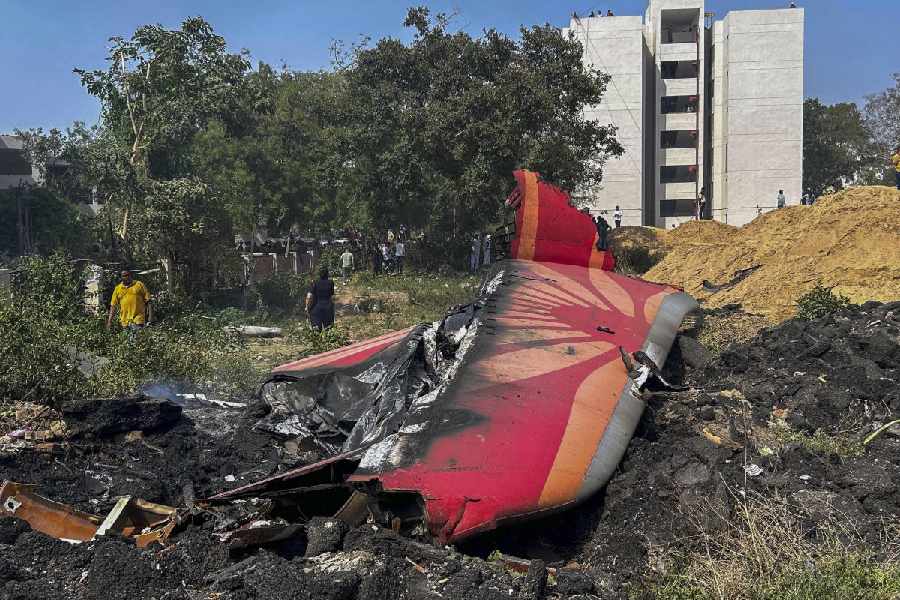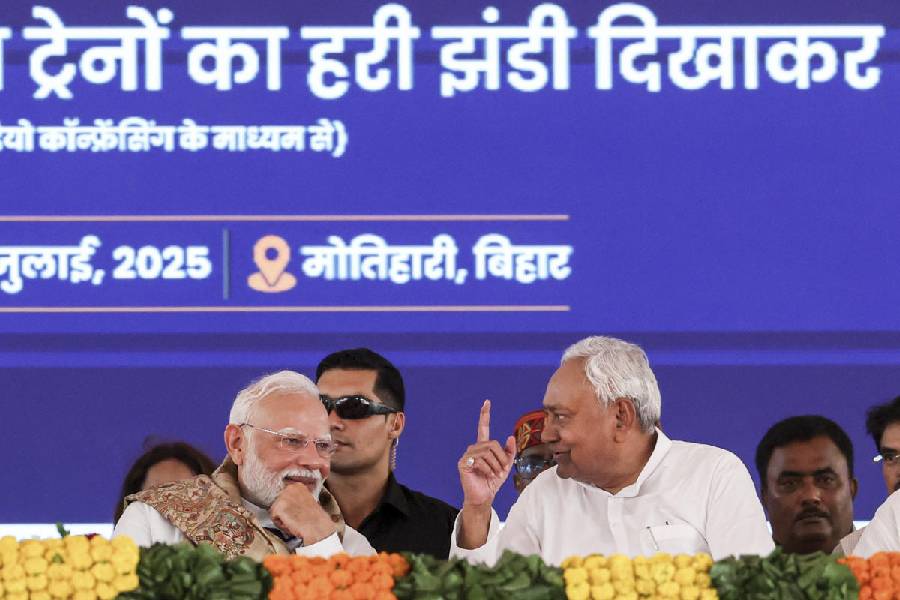Indians love a mem. In terms of naïveté and the colonial cringe, even in this 55th year of independence we are not too far removed from the apocryphal African chieftain whose funeral oration for a missionary proclaimed, 'His skin may have been white but his heart was as black as ours!' Our obsession with Mother Teresa made headlines round the world. Newspapers abroad found it incredible that a European woman should be placed 'ahead of India's first prime minister, Jawaharlal Nehru, as well as frontline independence leader, Sardar Vallabhbhai Patel, who was instrumental in getting 562 princely states to join the Indian union'.
They may well have had an inkling that the real value of an Outlook magazine survey, of which I have seen only reported excerpts, lies not in what it says of Mother Teresa but in what it tells us about the warped and stunted thinking of respondents in Calcutta, Chennai and New Delhi. Disenchantment with politicians, the most readily trumpeted explanation, only partly accounts for the preference. It does not even fully explain Sachin Tendulkar outranking Atal Bihari Vajpayee. Tendulkar is a star - of the cricket pitch as much as television advertisements - and therefore has the box-office glamour of a Shah Rukh Khan that the populace laps up. In contrast, the once sparkling Vajpayee, with whom I have had several engaging conversations in the past, seems to have retreated into sad somnolence.
Of course, no opinion poll is ever definitive. But there is a sound reason for each choice. Industrial achievement accounts for J.R.D. Tata's fifth place. The cause of raising the downtrodden places B.R. Ambedkar immediately after him. Mumbai's enthusiasm for Dhirubhai Ambani is understandable, and not only in terms of the values that inspire India's financial capital. Recent demise, combined with fairytale beginnings in the Aden petrol pump, invests his billions with a magic halo. Indira Gandhi is forever Durga incarnate, Jayaprakash Narayan the poor man's Mohandas Karamchand Gandhi.
In Mother Teresa's case, the legend is far greater than reality. What she once told me - and immediately regretted - of the personal search for Christian salvation that was her only reason for working among the poor is not known well enough to make any dent in the public's veneration. The simple would probably fail to understand the implications even if knowledge of her motivation had been widespread. Nor are people interested in looking at the sea of misery around them to ask what impact, if any, her efforts had on distress in Calcutta. Laws of physics have no application at the moral level.
What matters most is the flattering fact of foreign - read European - attention. Imagination sets her in a mixed bunch of whites that includes some good people and some itinerant adventurers. Anthony Firingi and Sister Nivedita, Nellie Sengupta, a Frenchman whose City of Joy for a squalid leprosarium in Howrah has become Calcutta's proudest sobriquet , a German who wrote that if god shat from above, Calcutta would be the shit, but who nevertheless paid us the compliment of living among us for a while, and, perhaps, William Radice. They are a threadbare modern Bengal's ikons.
Staring down into the bustees below the flat in Alipore where I used to live, an angry Shiva Naipaul exploded that India clung to slums as desperately as it clung to Mother Teresa. Both, in his view, enabled a masochistic people to brandish its mutilated stumps in the face of a sympathetic world and demand alms even more raucously. 'I would shoot them down,' he thundered, not making clear whether he meant the slum-dwellers, the nun or mendicant Indians.
Perhaps the complex is equally disfiguring in other parts of the country. Ironically, it is seared most deeply into the thinking of Bengalis who are flamboyantly nationalistic, progressive and cultural. The farther a milieu is removed from the West, the greater its hankering for some token of Western approval. The deeper its reverence for those few Westerners who condescend to take some notice of Bengal.
Devotees will retort that Mother Teresa was an Indian. Did she not wear a sari and carry an Indian passport, and a diplomatic one at that? Did Inder Kumar Gujral not order that she be buried with resounding state honours? True enough. But it might come as a surprise to those who regard her as the 'greatest Indian' ever to know that for all her ostentatious Indianness, the government of India
did not regard her as an Indian at all. Morarji Desai's supposedly liberal regime thought her a security risk. When Arunachal Pradesh simmered with protests against conversion to Christianity, the home ministry extended the ban on foreigners to prevent
her too from crossing the Inner Line. Mother Teresa could not carry out her intention of visiting Arunachal Pradesh where irate locals were destroying chapels.
Never mind, runs the Bengali argument, in death as in life, she brought Calcutta to the attention of the great and the glorious. So did the Black Hole of Calcutta. So did Katherine Mayo's Mother India. But, of course, crowned heads and presidents would not have flocked to Calcutta without her. Bill Clinton did so even after her death. The cause of such fame deserves honour. No wonder Sonia Gandhi has a solid following.
The survey coincided with Singapore's own debate on who is a Singaporean. It was sparked off by the achievement of two China-born players who are Singaporean citizens and who won gold medals for the city-state by beating New Zealand at the Commonwealth women's table tennis finals. In an earlier and different event, they had vanquished China's reigning champions. Further, to add to the confusion, the New Zealand players pitted against them were also ethnic Chinese. Simon Tay, a Singaporean analyst with one foot in academia and another in public affairs, asked whether New Zealanders, with their Maori heritage but white majority, 'wondered why two Chinese were wearing the nation's all black colours'.
Perhaps ethnic overlapping should prompt no comment in this age of travel and relocation. If a Japanese can be president of a South American country, if Cyprus can have an Indian first lady, an Italian lead India's opposition and a Pakistani captain the English cricket team, we are on the way to realizing Peter Drucker's dream of globalization. But does it mean that a man (or woman) then acquires many homes and many loyalties, or does he or she forsake both to become a well-heeled international displaced person?
Underlying all such situations is the ultimate question: what constitutes a sense of nationality? Singapore being a formulaic state, Tay had some ready answers. He advised naturalized citizens to eat local food and speak the dialect. 'Show us you want to belong.' Recalling someone else's question about being willing to die for Singapore, he proposed a harder test. 'We need to ask, also, if someone will live for Singapore.'
In short, would they continue to make this little island their home even if they have the means and opportunity to live in Australia, America, Britain or some other mainly white country? Agreeing that the question applies
just as much to the native-born, he put
it specifically to new citizens. 'The
questions we ask them - like whether we will live for Singapore and expect
to retire here - are ones that all Singaporeans may need to answer afresh.'
Not many Indians would pass
the Tay test. If 22 million ethnic Indians abroad are in fact
granted Indian passports, it would only bestow further respectability on
rejectionism and legitimize what I
earlier described in these columns as documents of convenience. Mother Teresa can truly be the greatest Indian in such a rootless deracine world.
Since no one belongs, no one can be
said not to. We are all free to indulge fantasies born of a lack of confidence in ourselves.
 Saturday, 19 July 2025
Saturday, 19 July 2025

